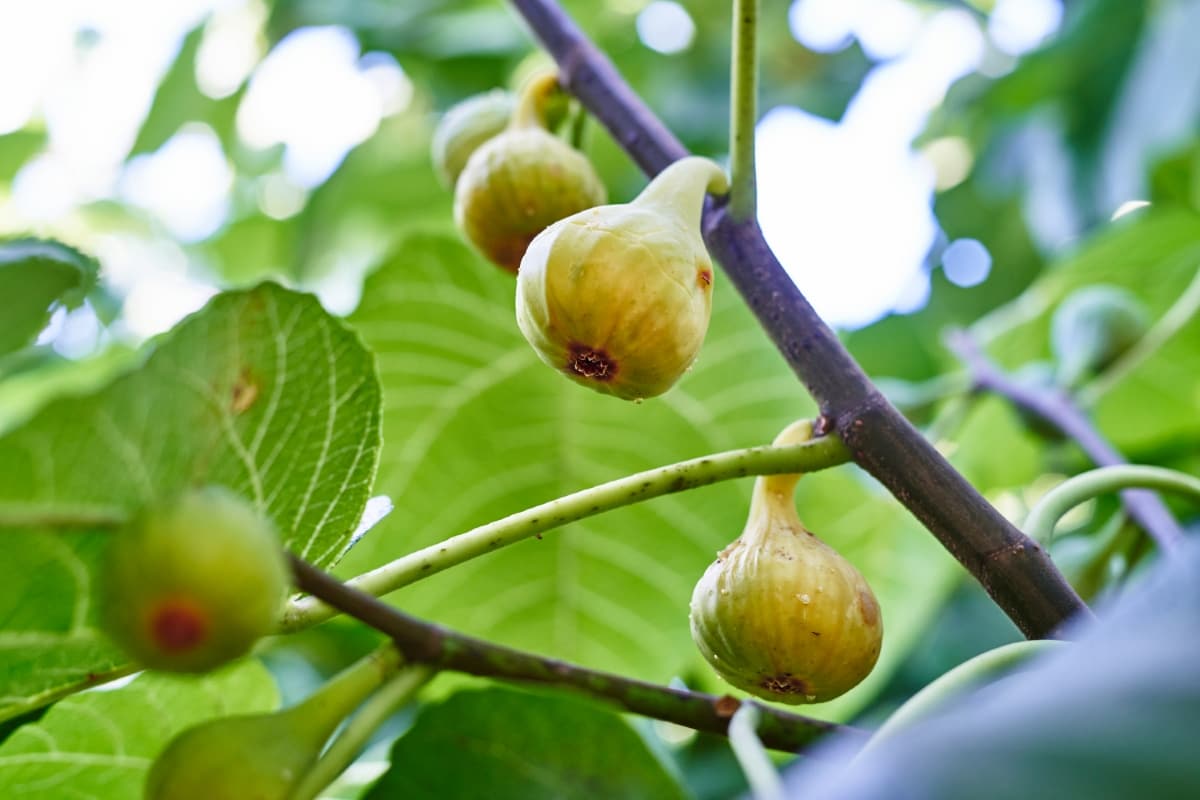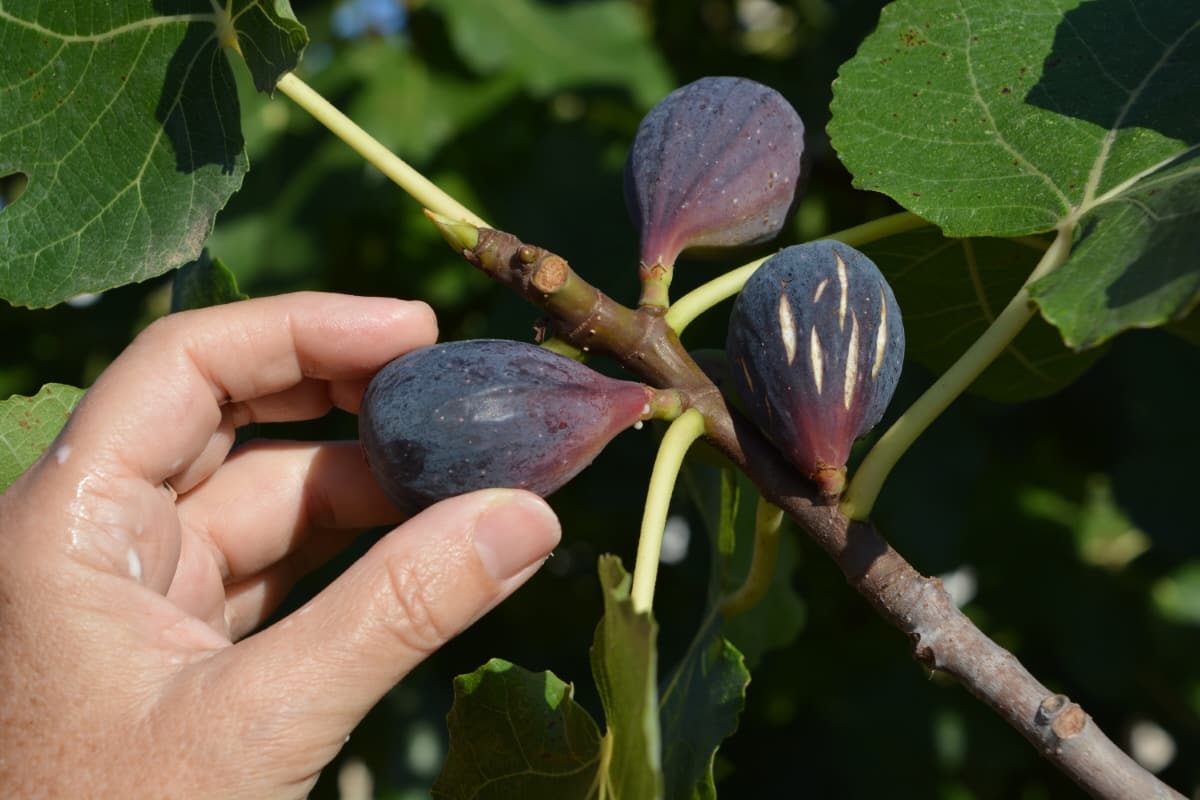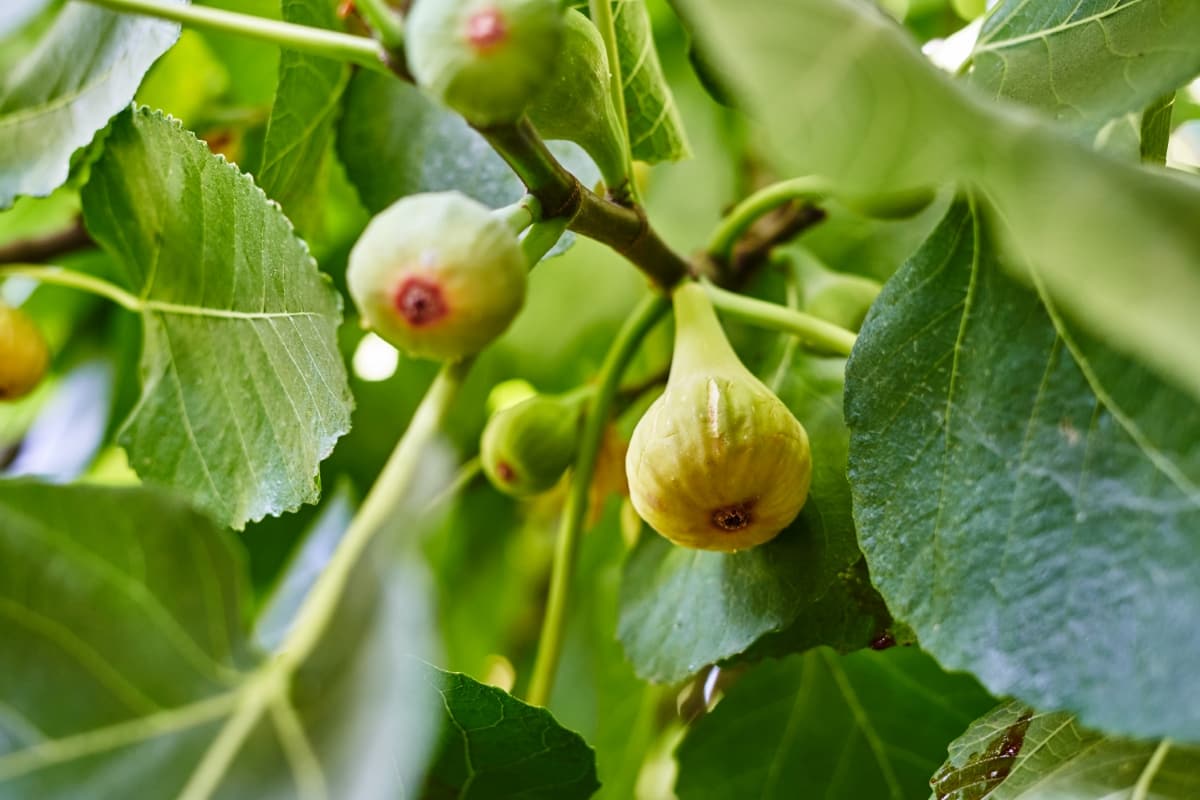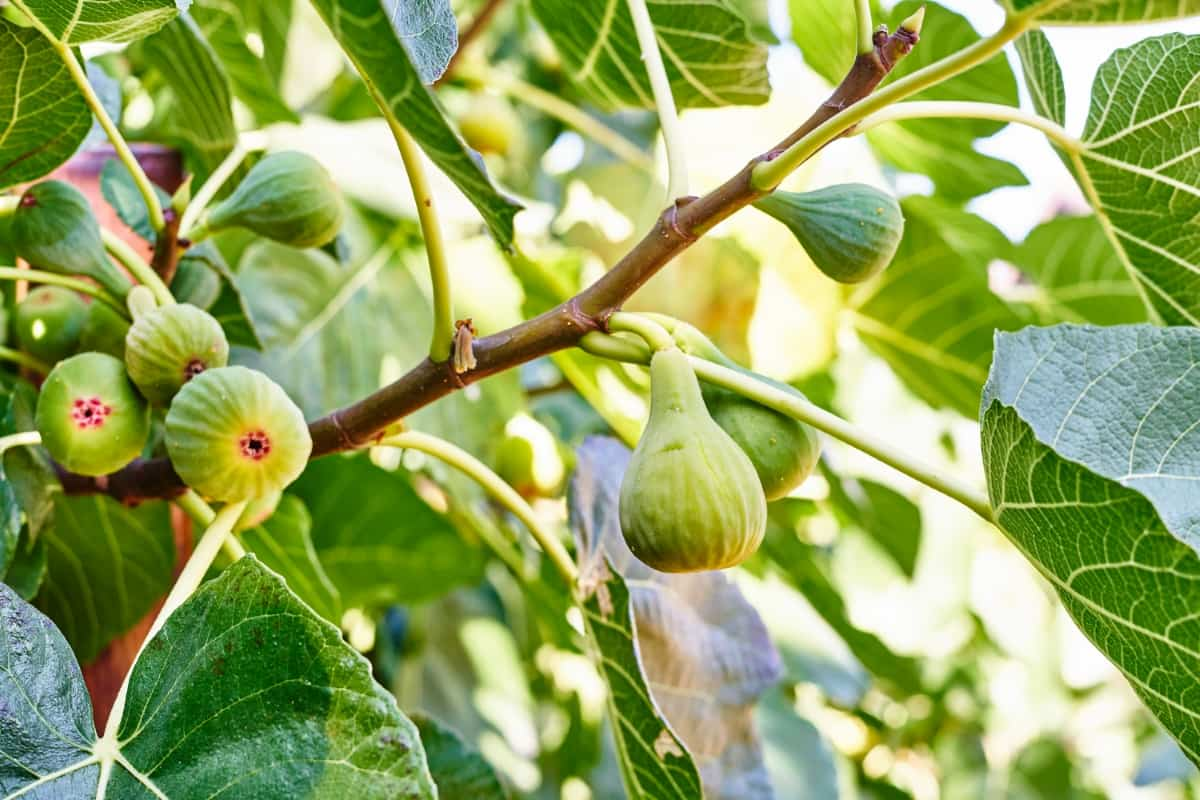Controlling fig pests using natural and organic treatments can be an effective and environment-friendly way to protect your fig tree. Here are some general guidelines on how to control fig pests using these methods.

How to Control Fig Pests Naturally
Fig Pests: Identifying the Most Common Pests and Their Impact on Your Crop
- Fig trees can fall prey to various pests, with stem borers being a notable threat. These larvae tunnel into the stems, compromising the tree’s structural integrity.
- Fruit flies target the figs themselves, causing damage and facilitating fungal infections.
- Mealybugs are small, sap-sucking insects that weaken the tree and excrete a sticky substance, attracting sooty mold.
- Coccids are another sap-feeder, often found on leaves, which can stunt growth.
- Leaf rollers cocoon themselves within leaves, causing unsightly damage. Fig moths lay eggs on figs, and their larvae consume the fruit from within.
- Thrips are small insects that feed on leaves, leaving behind silver trails.
- Scales are immobile pests that latch onto the tree and drain its sap.
Using Neem Oil to Control Fig Pests: A Safe and Effective Method
It is a safe and effective method for controlling fig pests. It is derived from the neem tree and acts as a natural pesticide and repellent. Its active compounds disrupt pests’ life cycles, deterring feeding and reproduction. Neem oil is non-toxic to humans beneficial insects, and the environment. To use, dilute it with water and apply it to the foliage, covering both sides of the leaves and fruit. Regular application, particularly during the growing season, helps keep fig trees healthy and free from common pests while avoiding harmful synthetic chemicals.
The Role of Beneficial Insects in Controlling Fig Pests: Introduction of Predatory Insects
By introducing predatory insects, we can effectively manage fig pests while minimizing the need for chemical interventions. Ladybugs, lacewings, and parasitic wasps are among these helpful species. Ladybugs feed on aphids, a common fig pest, while lacewings prey on small insects and mites.
Parasitic wasps lay eggs on or in pest insects, ultimately reducing their populations. This biological approach promotes ecological balance and reduces the impact of harmful pests. It’s an eco-friendly, sustainable method that preserves fig tree health, fruit quality, and overall ecosystem integrity.
Companion Planting for Fig Trees: How Planting Certain Plants Together Can Deter Fig Pests
Companion planting is a practical, natural method to deter fig pests. Planting aromatic herbs like basil, rosemary, and mint near fig trees can repel pests such as aphids and whiteflies. Marigolds release compounds that deter nematodes and other soil-borne pests.
In case you missed it: How to Control Okra Fungal Diseases Naturally: How to Get Rid of Them with Natural and Organic Treatment

These companion plants create an inhospitable environment for harmful insects, reducing the need for chemical interventions. Combining fig trees with these pest-deterring plants enhances biodiversity and supports a healthier, more resilient ecosystem, benefiting both the fig crop and the environment.
Crop Rotation: How Rotating Your Fig Crop Can Help Control Pests
By changing the location of your fig crop from season to season, you disrupt the life cycles of pests and diseases. This reduces the buildup of specific pest populations in the soil, making it harder for them to establish themselves.
It also minimizes the need for chemical treatments. To effectively rotate your fig crop, avoid planting figs in the exact location for consecutive years and consider alternating with crops less susceptible to common fig pests. This natural and eco-friendly approach promotes soil health and overall pest management.
Using Diatomaceous Earth to Control Fig Pests: A Non-Toxic and Organic Method
Diatomaceous Earth (DE) is a non-toxic and organic solution for fig pest control. DE is made from the fossilized remains of diatoms, which are abrasive microorganisms. When sprinkled on the soil or around fig trees, it creates a barrier that damages the exoskeleton of crawling pests like ants, snails, and beetles.
This dehydrates and ultimately kills them. DE is environmentally friendly, safe for humans, pets, and beneficial insects, and poses no chemical residue risks to your figs. Regular applications, especially during dry conditions, can effectively deter and control various fig pests, naturally preserving your crop’s health.
Traps and Barriers: How to Use Traps and Barriers to Control Fig Pests
Traps and barriers are valuable tools in fig pest management. Sticky traps in or near the fig tree catch flying pests like fruit flies and aphids. These traps disrupt their life cycles and reduce infestations. Physical barriers like row covers can shield the fig tree from pests like birds or wasps while permitting sunlight and air circulation.
Tree wraps or sticky bands can prevent crawling pests like ants from reaching the fruit. Using these non-toxic methods as part of an integrated pest management plan can effectively reduce fig pest damage, promoting healthier crops with minimal chemical intervention.
Biological Control: How to Use Parasitic Wasps to Control Fig Pests
Parasitic wasps are powerful allies in fig pest control. These tiny, non-stinging wasps lay their eggs on or inside pests like scale insects and whiteflies. When these wasp larvae hatch, they consume the host from the inside, ultimately killing it. To harness their benefits, introduce parasitic wasps to your fig orchard when pest populations are low.
In case you missed it: How to Control Petunia Pests Naturally: How to Get Rid of Them with Natural and Organic Treatment

Ensure a diverse habitat with flowering plants to support the wasps’ adult stage. Monitor pest levels to gauge the wasps’ impact, and avoid using broad-spectrum pesticides that could harm these beneficial insects. This natural approach enhances pest control while preserving ecosystem balance.
Integrated Pest Management (IPM): A Holistic Approach to Controlling Fig Pests
Integrated Pest Management (IPM) is a comprehensive strategy for fig pest control. It combines multiple techniques to minimize damage while reducing reliance on chemical pesticides. IPM involves regular monitoring of pest populations, encouraging beneficial insects, practicing good hygiene (pruning and removing diseased plant material), and using physical barriers or traps.
Employing resistant fig varieties and adjusting planting times can also be part of the plan. When chemical intervention is needed, it’s used judiciously and selectively. IPM promotes long-term pest management, maintaining fig tree health and ecosystem balance while reducing environmental impact and preserving fruit quality.
Summary of Fig Pest Control with Natural and Organic Treatment
| Pest | Natural and Organic Treatment |
| Stem Borer | Remove and destroy affected branches and twigs Apply neem oil to the affected areas. Encourage natural predators like birds and beneficial insects. |
| Fruit Flies | Use pheromone traps to lure and trap adult flies. Surround your fig tree with fine mesh netting. |
| Mealybug | Prune and dispose of heavily infested branches. Apply neem oil and water mixture to the affected areas. Introduce ladybugs and lacewings for biological control. |
| Coccid | Wash the affected areas with a mild soapy water solution. Introduce parasitic wasps for biological control. |
| Leaf Roller | Handpick and destroy affected leaves and caterpillars Attract natural predators like birds and spiders. |
| Fig Moth | Set up pheromone traps to monitor and control moth populations. Prune and dispose of infested branches. |
| Thrips | Use reflective mulch or aluminum foil around the base of the tree. Release predatory mites or lacewings for thrip control. |
| Scale | Apply a horticultural oil spray to suffocate scale insects. Prune and dispose of heavily infested branches. |
In case you missed it: How to Control Berry Bush Pests Naturally: How to Get Rid of Them with Natural and Organic Treatment

Conclusion
Apply treatments judiciously and according to the specific needs of your fig tree and the type of pest you are dealing with. It’s important to be patient, as natural and organic methods may take some time to show results.
- Beneficial Insects in Pest Management
- Natural Solutions for Pest Control in Flower Gardens
- Types of Fungicides Used in Agriculture
- Common Issues in the Fruit Development Stage of Pomegranate Farming
- Fruit Development Issues in Papaya: Easy Solutions and Treatment
- Soil-Borne Diseases and How to Protect Your Plants
- Practices to Prevent Disease Spread in the Garden
- From Wilted to Thriving: How to Treat Root Rot Naturally in Houseplants
- Natural Remedies to Cure Brown Spots on Fig Tree Leaves